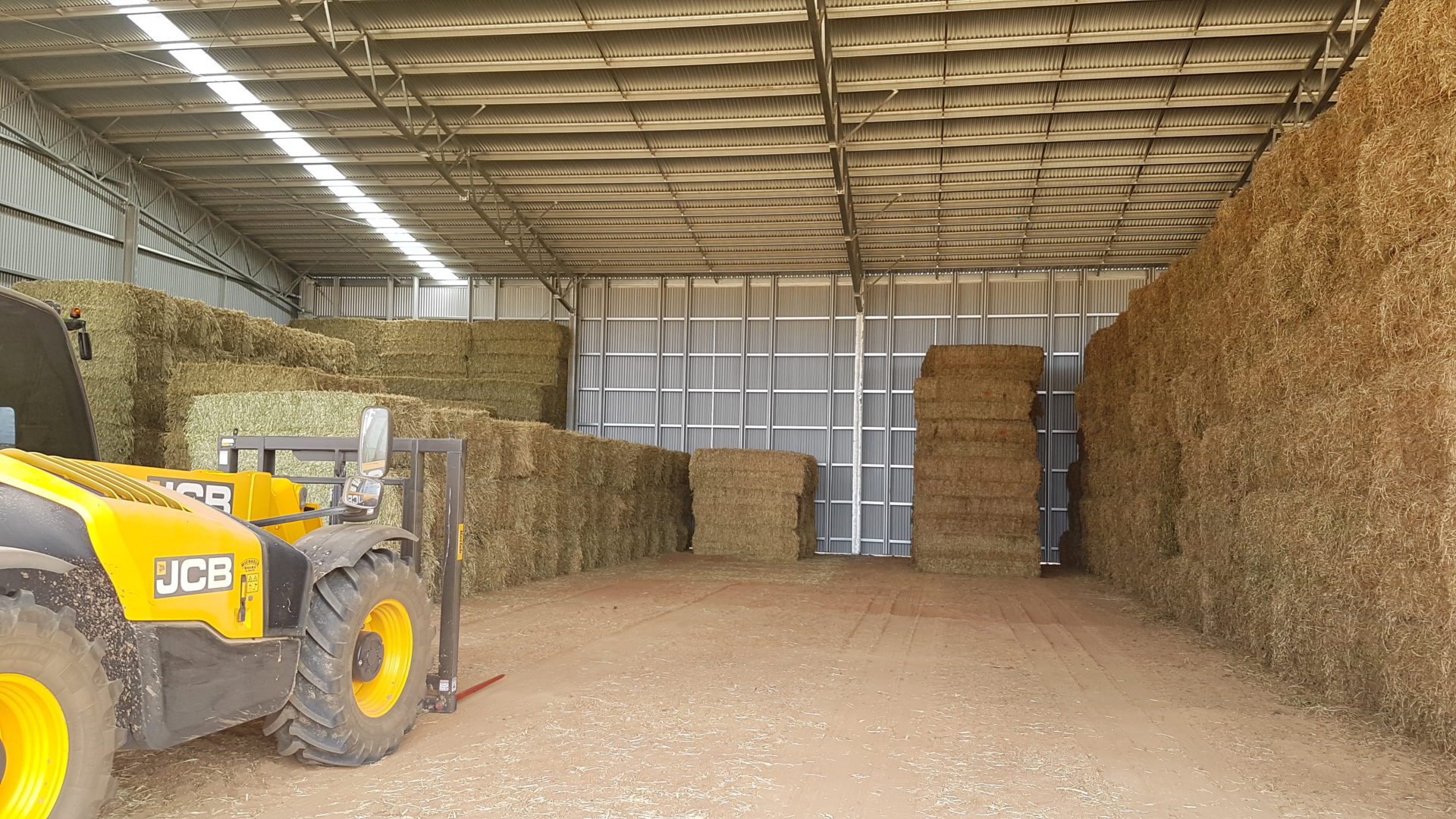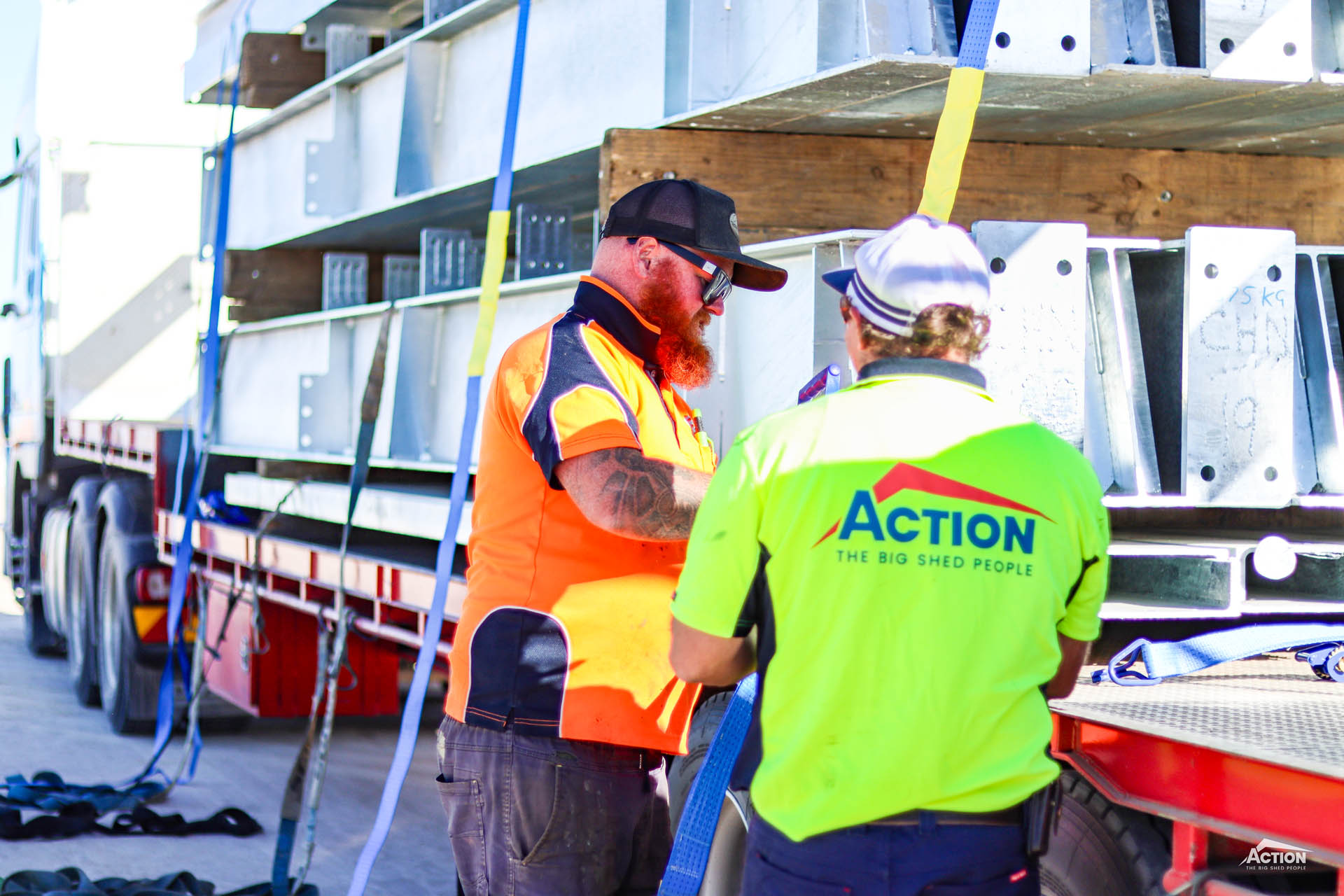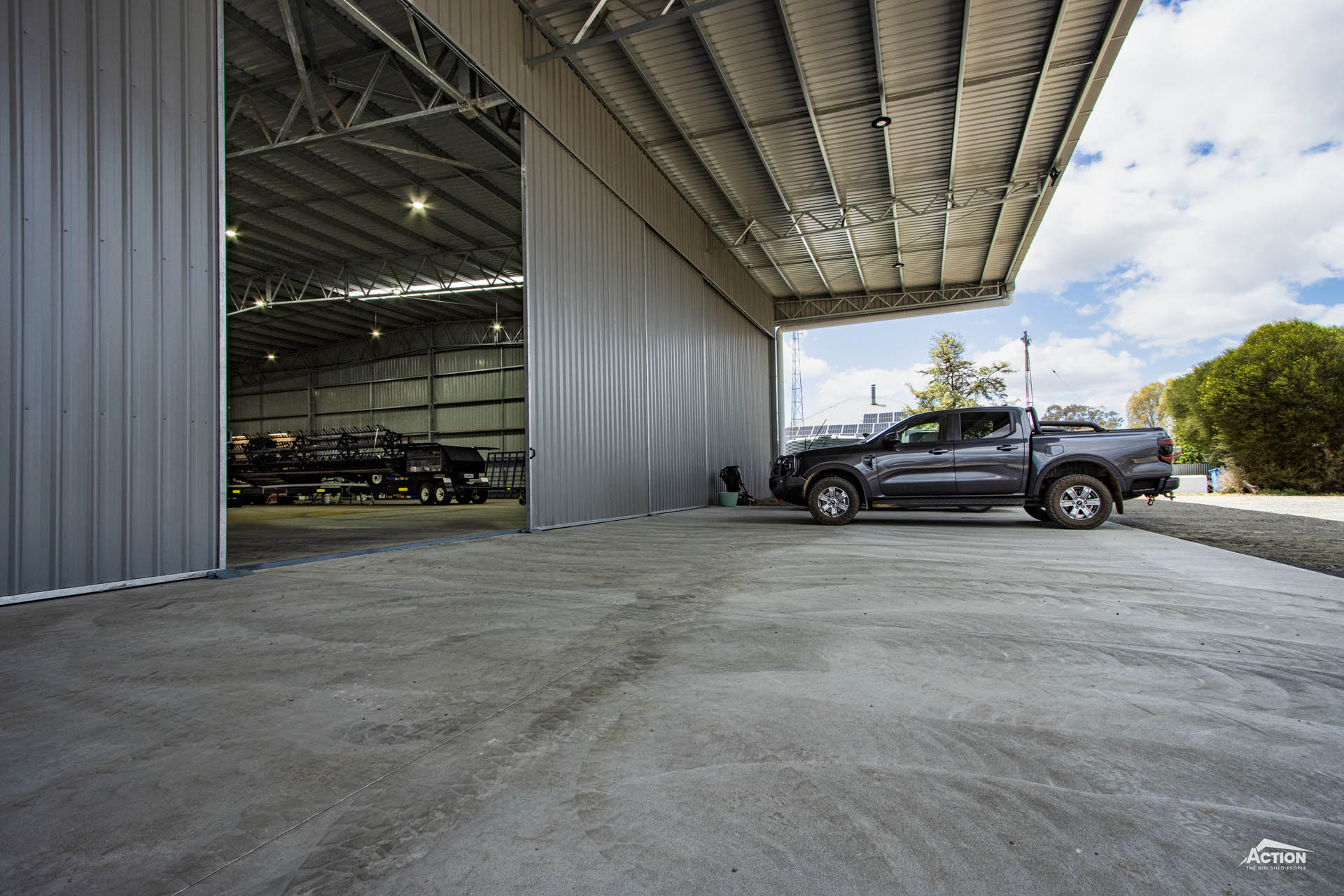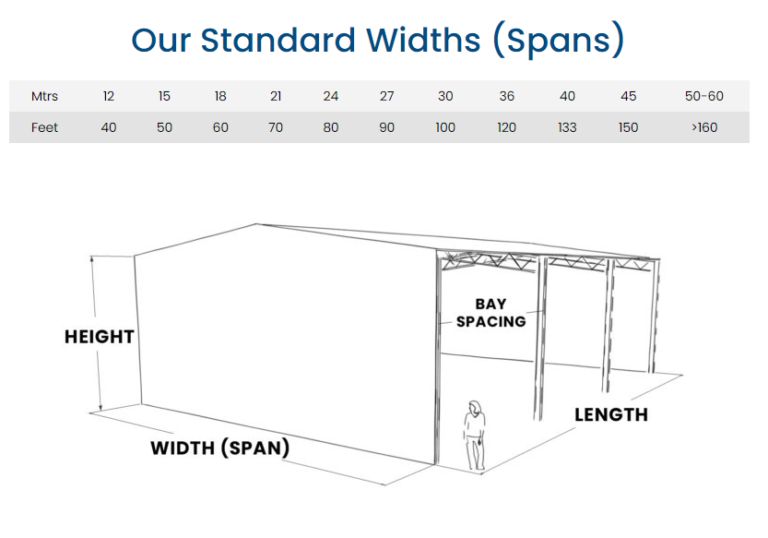Spontaneous combustion of hay occurs inside the hay and is fueled by moisture, the ability of the moisture to escape the bale and the degree of biological activity.
What is biological activity?
If hay isn’t completely dry by the time it is baled, it begins to respire or ‘breathe’, and sugars break down, releasing moisture and heat. Mould or bacteria in the bale can increase the amount of moisture and heat and as a result, heat builds until the bale smokes or bursts into flames.
This won’t be an issue with properly cured hay unless it is exposed to excessive rain after being baled. Dried ‘cured’ hay has lower number of microorganisms that create this heat/fermentation cycle.
Does it depend on bale size?
Generally speaking, the bigger the bale, the bigger the density and bigger the risk. Round bales tend to be the most at risk of self-igniting or spontaneous combustion due to the fact that they have the longest distance between the very middle (which is where the majority of biological activity and heating occur) to the outside.
Is there a way I can work out if my hay will be susceptible?
If you’re not sure whether or not your hay is at risk, there are moisture or temperature probes available that allow you to test your hay. Prices for these vary but are insignificant in comparison to the cost of losing a shed full of hay.
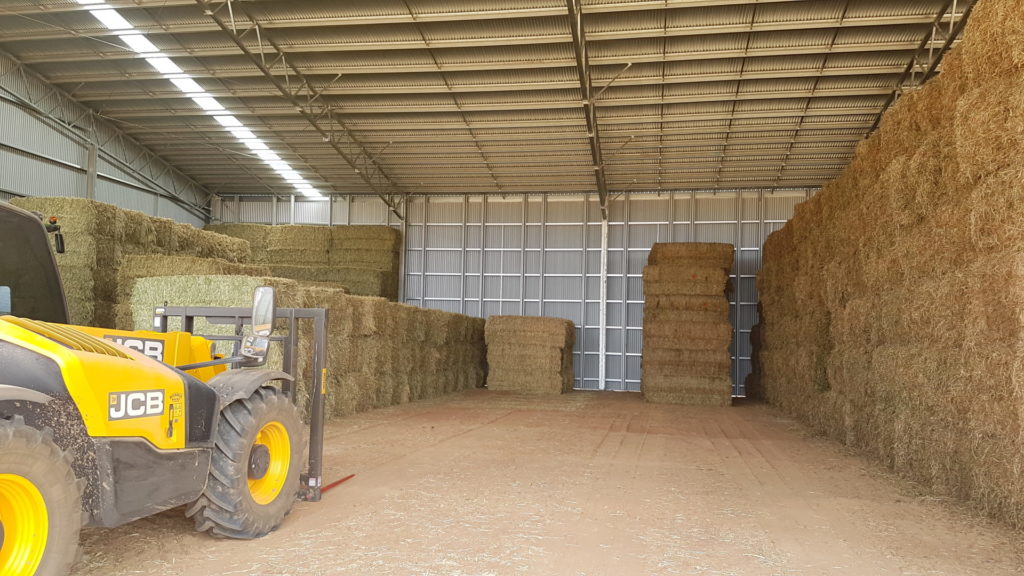
While heating or sweating will occur in the weeks after hay is baled as part of the natural heat cycle, all hay needs to be kept dry and checked regularly. This is one of the many reasons why hay sheds are integral to farming operations across the globe – With limited moisture levels, microorganisms die off and the temperature of the hay stabilises.
A simple way to test your hay without a probe is by inserting a metal rod into the hay and leaving it for 10 or so minutes. If it is too hot to hold after this, a fire is likely to be just around the corner. Contact your local fire department and act on their advice. Overheated hay should not be moved to avoid exposing it to oxygen.
How do I keep my hay in best possible condition?
- Always store hay in a well-drained area.
- Allow 3 feet between rows of bales for airflow and circulation.
- Only store hay outside as the last resort. However you store your hay, there will be a cost associated with it – whether it is the initial investment in your shed or the loss of nutritional value and dry matter from having hay outside on the ground.
- If you are feeding the hay yourself, stack the hay so that the oldest is used first.

